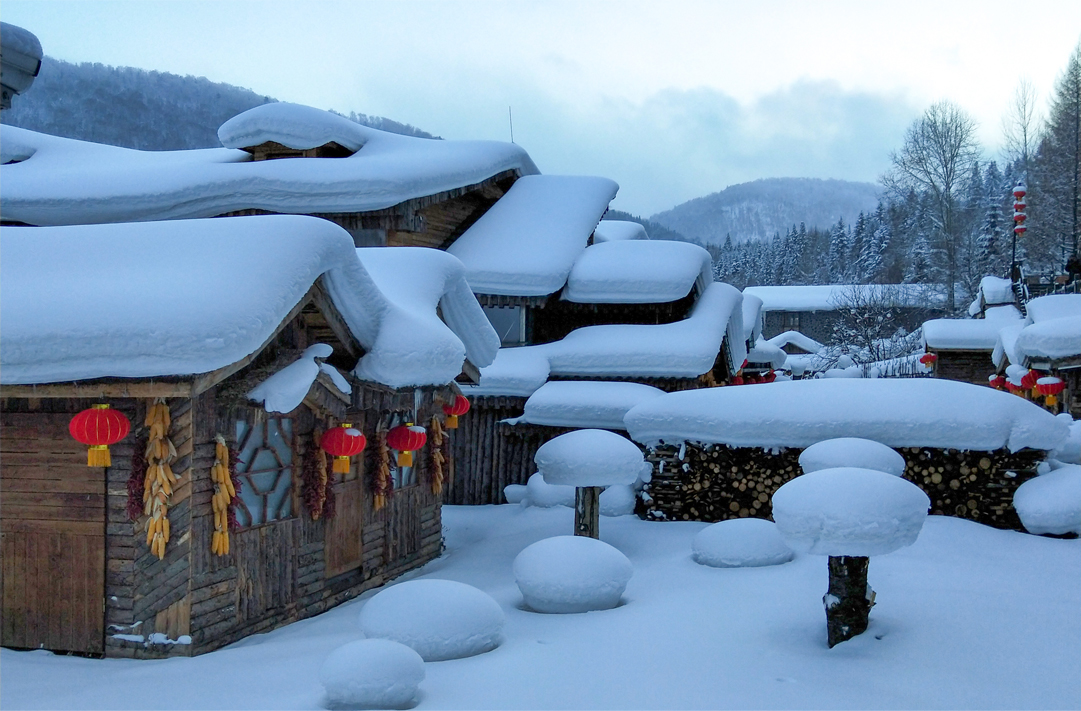With the deepening of environmental protection concepts and the continuous improvement of energy efficiency, air source heat pumps as a clean and efficient heating technology have gradually attracted people's attention. However, for many people, how air source heat pumps efficiently generate heat at sub zero temperatures remains a mysterious technological miracle.
The basic principle of air source heat pump
Evaporator process: One of the components of an air source heat pump is the evaporator. In the evaporator, the refrigerant changes from liquid to gas, absorbing heat from the outside air. This process lowers the internal temperature of the evaporator and absorbs heat energy from the air.
Compression process: The refrigerant is compressed into a high-temperature and high-pressure gas, which increases its internal energy through the compression process. This process usually occurs in the compressor, pushing the refrigerant towards a higher temperature and pressure state.
Condensation process: High temperature and high pressure refrigerant passes through the condenser, releasing heat during this process. At this point, the refrigerant changes from a gaseous state to a liquid state, releasing heat for use in the heating system.
Expansion process: Under the action of the expansion valve, the refrigerant once again transforms into a low-temperature and low-pressure state, preparing to enter the next round of evaporation process. This process prepares the refrigerant again to absorb external heat.
Through this cycle, the air source heat pump achieves the absorption of heat from the low-temperature external air, and then increases the temperature through the process of compression and release, which is used for heat transfer in the heating system.

Although air source heat pumps perform well in generally warm climates, their heating efficiency faces some challenges in cold winters, especially at sub zero temperatures:
Selection of refrigerants: In extremely cold environments, conventional refrigerants may encounter freezing problems, which can affect the normal operation of heat pumps. Therefore, selecting refrigerants suitable for low-temperature environments is a key factor in improving the efficiency of air source heat pumps under extremely cold conditions.
Performance degradation: In extremely cold environments, the evaporator absorbs relatively less external heat, reduces the temperature difference of the refrigerant, and affects the heating efficiency. This requires air source heat pumps to effectively improve their heating performance in low-temperature environments to meet heating needs.
Frost problem: In cold environments, the surface of the evaporator of an air source heat pump may frost, forming an ice layer that affects its heating effect. Therefore, the development and application of frost prevention technology are crucial for solving the heating challenges at sub zero temperatures.
Technological innovation to address challenges
Low temperature refrigerant: In order to solve the problem of refrigerant freezing, researchers have gradually adopted refrigerants that are more suitable for low-temperature environments, such as R-410A, R-407C, etc. These refrigerants have a lower freezing point and can maintain good fluidity under cold conditions.
Dual stage compression technology: Dual stage compression technology is an important technology for improving heating efficiency in extremely cold environments. By introducing two compression stages, the heating temperature can be more effectively increased and the decrease in heating efficiency can be slowed down.
Frost control technology: In order to prevent frost on the surface of the evaporator, researchers have introduced a series of frost control technologies, including timed defrosting, intelligent frost detection, and defrosting systems. These technologies effectively reduce the impact of frosting on heating performance.
With the continuous innovation of technology and the increasing number of application cases, the prospect of efficient heating using air source heat pumps at sub zero temperatures is becoming increasingly promising. In the future, we can look forward to the emergence of more good refrigerants, intelligent control technologies, and high-efficiency heat pump systems to further improve the performance of air source heat pumps in extremely cold environments.
In the pursuit of clean and sustainable energy, air source heat pumps are undoubtedly a green technology that provides warmth for people. Through technological innovation, we are confident in overcoming the heating problem at sub zero temperatures and providing people with a more comfortable and environmentally friendly living and working environment.







Comment